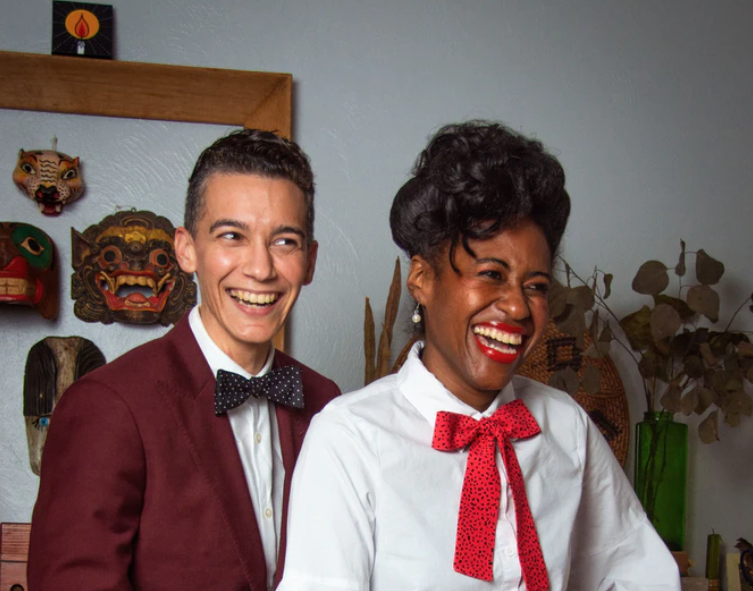
Photo by Sewn Apart on Unsplash
Cuban Heritage impacted and still impacts the world more than we imagine. From Salsa Clubs in Europe, Australia, Canada and the USA, to vaccines and food vlogging. If we put personal stories, news and numbers together, our impression gets busted by reality itself. Let’s go through SOME of the effects of the Cuban heritage phenomenon to end the Hispanic Heritage Month in glory.
The NEW Miamians and the Magic City
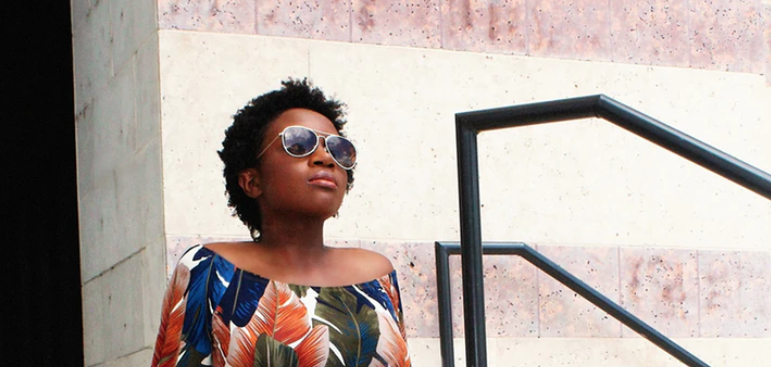
Photo by Joseph Kellner on Unsplash
Starting the 1960’s, the Cuban immigrant community in the USA contributed to the development of their “new country”. For instance, in an article from the NewYorkTimes Magazine published in 1996, they were labelled “a thriving community, transforming the daily life and economy of southern Florida”. Wow!
Major turning point for many of the 650,000 Cubans who began fleeing Fidel Castro’s regime more than 15 years ago: They are now focusing on a permanent future in the United States rather than the bittersweet dream of a return to their native land. The transition is most dramatic in Miami, where a thriving community . . . is transforming the daily life and economy of southern Florida. Cars in the city’s “Little Havana” section sport bright yellow bumper stickers proclaiming “Life Is Hell Cuba’s Jails,” but most of the Cubans are more interested in launching new businesses than invasions of their homeland, more concerned about what happens to their children in the Miami public schools than the latest twist in Castro’s road to Communism. (The 350,000 Cubans in south Florida make remarkable success story. Even if Castro fell tomorrow, great numbers would not return., Susan Jacoby, September 1974)
They reformed the local perspective. Helpful vs Clannish.
Cuban heritage people have been moving to America in the past 200 years. But it got really obvious in the sixties.
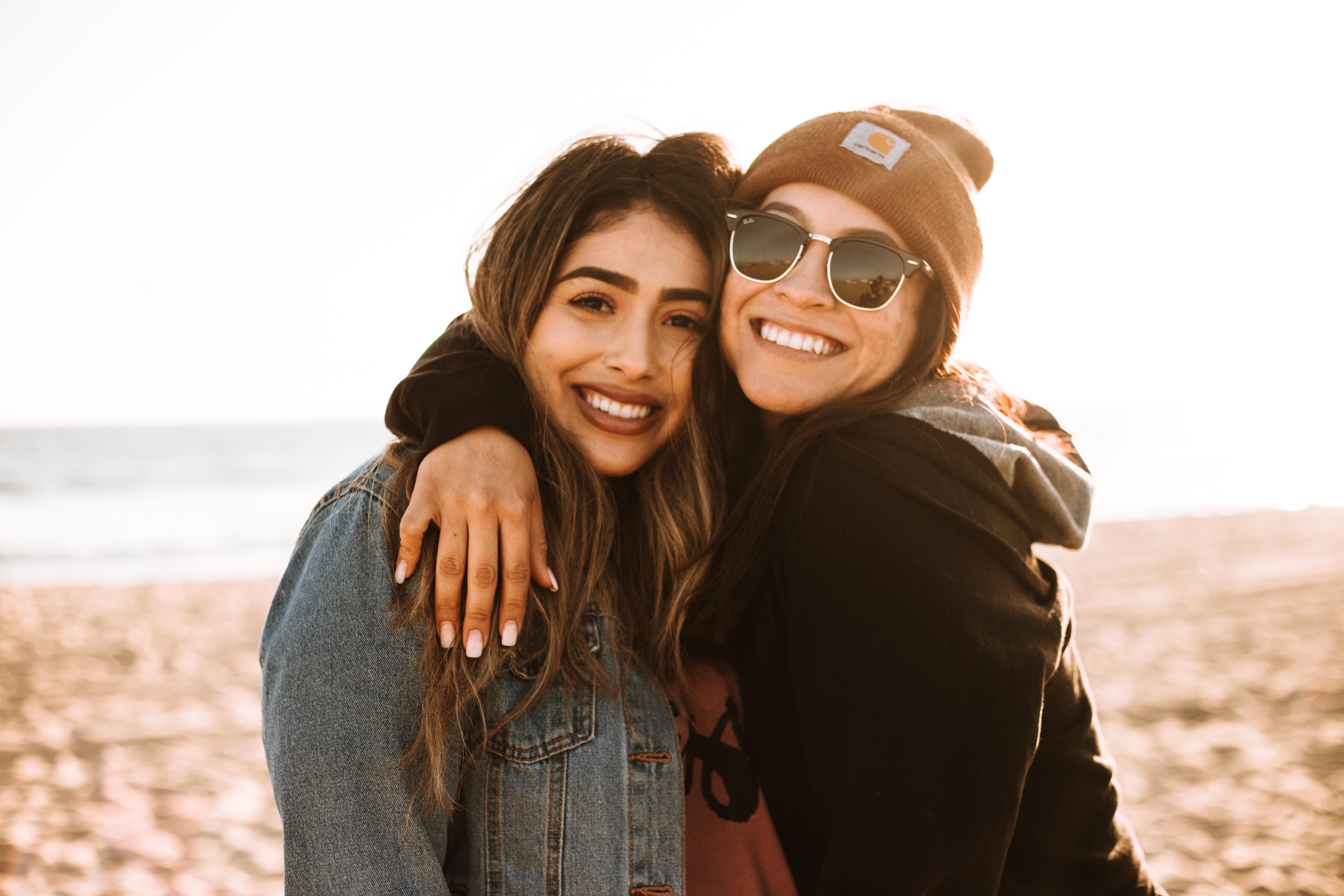
Photo by Omar Lopez on Unsplash
Those who managed to find a job and a home, spent their US dollars freely and generously in Cuban businesses to support their fellows. This led to some sort of American controversial conclusion that it was a clan thing.
Outsiders called this behavior clannish, but the Cubans called it selfhelp. (NYTimes.com)
Behind closed doors, the truth was this: they were trying to support their friends and relatives still struggling to make it. That’s the Cuban spirit!
Therefore, those understanding this aspect of the Cuban heritage, got this too: Cubans build their lives around the community, the family. They are not that individualistic.
Fortunately, Americans got that too in the long run. Moreover, many took that habit up themselves. Many are now supporting people they care for, many have closer relationships with families… By simple social observation.
Family first, no matter what
The Cuban support has no borders. Literally! Cubacel is already part of the Cuban heritage. Maybe not officially yet… But besides being a national brand in Cuba, Cubacel is a symbol of Cubans’ help for their relatives and friends back home. No wonder for anyone who knows the context in Cuba that mobile credit is super expensive compared to what people earn. Many might think, it’s a cheap gift from abroad, but if you were to live there and get $30 a month, getting mobile credit from abroad is a blessing. It helps one save a lot! Plus whether Cubacel got the idea or the local operators outside Cuba put some pressure there (who knows), the company launched for Cubans abroad a series of promos.
BTW, the most recent one is round the corner. For top ups of 20-60 CUC from the USA, Australia, Canada or any other part of the world, the Cuban beneficiary gets a lot extra, much more than Doble Bono if you make the math.
- 20 CUC order gets the person in Cuba: 30 min + 30 SMS + 20 CUC Bonus
- 25 CUC: 30 min + 30 SMS + 20 CUC Bonus
- 30 CUC: 30 min + 30 SMS + 20 CUC Bonus
- 40 CUC: 60 min + 60 SMS + 40 CUC Bonus
- 50 CUC: 60 min + 60 SMS + 40 CUC Bonus
- 60 CUC: 90 min + 90 SMS + 60 CUC Bonus
Valuable doctors. Valuable research.
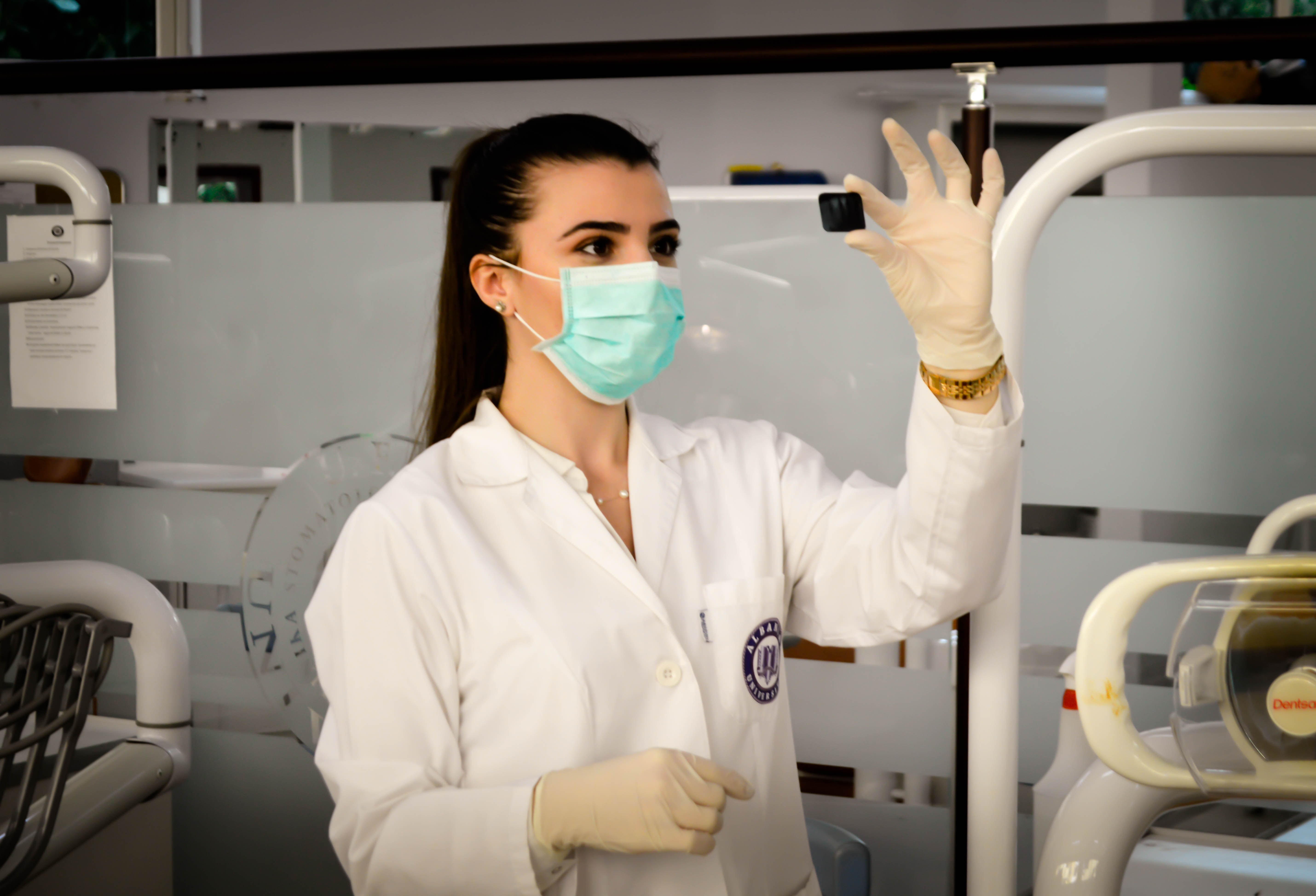
Photo by Ani Kolleshi on Unsplash
We’re talking here thankfully about “the hidden world of the doctors Cuba sends overseas” as BBC calls the wave of immigrant doctors. And yes, we consider the Cuban medical legacy part of the Cuban heritage. A very strong one, especially in the domain of research. Results go hand in hand with vocation, no money gains! One example only: Cuba is the country that created the Lung Cancer Vaccine. Thank you!!!!!
Let’s also recap some contextual aspects of the medical life in Cuba. Despite the country’s limited resources, the Cuban heritage… in terms of medical care, is a system, where 98% of the population get fully immunisation by the age of 12. No other country made it that far! And more than 99% see their doctor once or twice a year. Second wow! Cuba is the first country to prevent HIV transmission from mother to child and registered the lowest mortality rate in the world according to many foreign publications, including ABCnews.go.com.
Many of the doctors joined the “internationalist missions” promoted in Havana. And therefore, once abroad, they started to share their Cuban heritage by applying their medical legacy. In other words, their knowledge and skills.
Hundreds of thousands of Cuban doctors left the country this way since 1960. Communist pride and prestige to show solidarity with the world… Despite carrying on a great medical tradition, the doctors as individuals go through harsh times not knowing where they go (89%), or they have been sent without volunteering (57%), according to the survey results published by at the end of the BBC article previously quoted.
Cuban dancing classes all over the world
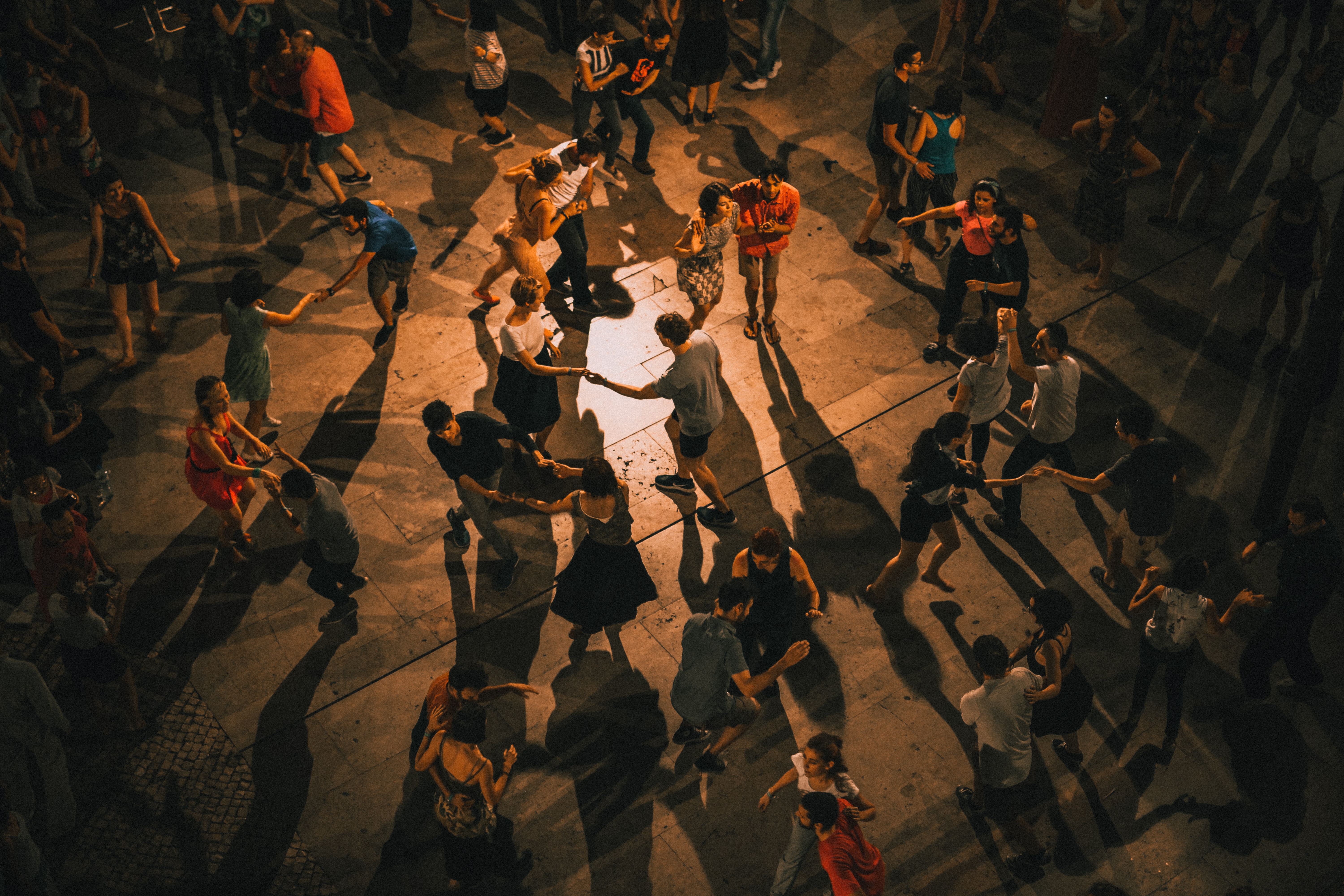
Photo by Ardian Lumi on Unsplash
You’ll get 33 million results if you Google-search for “cuban dancing classes in the usa”. Do the same for UK or any other country in Europe, and Google will show you the addresses to the Cuban dance clubs or Salsa classes.
Google Maps knows well how the Cuban heritage impacted the world through dancing. At present, it is a great movement alternative for those not interested in sports, plus a great social therapy as MobileRecharge.com friends tell us.
Cuban Vloggers boost the heavenly Cuban food & traveling
Some live in Cuba, others overseas. Imagine, those who live in Cuba like Carla, need to walk up to 2 km to a Nauta spot and upload the video. Of course, things have gone easier with the launch of home Internet in Cuba in 2018. Yeeeeey!
Carla for example is a YouTuber that makes videos about Cuba, while living in Cuba.
Here’s one of the videos where she promotes the natural attractions of Havana. A blessing for future travelers, since there are not so many materials on the topic for travel preparations before you taste the Cuban heritage at its place. ;)
Meet Sam! She’s a Cuban vlogger promoting old Cuban recipes, that seem to find a correspondent in other cultures, especially West African ones (see comments). Here’s one from her granny!
More businesses, banks, institutions. DONE!
Many Cubans moved abroad with the idea of staying for a while. They were to realise soon that “a while” means “lifetime”. As a result, they started building up their own businesses making the best of their Cuban heritage. For instance, Cuban restaurants started to open. So many, that you can easily find articles on top Cuban restaurants in the USA, like this one.
Also, to stay connected (remember Cuban community drive?), Cuban immigrants organized events and set up Cuban Cultural associations and other institutions (including banks) to support each other and their fellows from the new mother communities.
This way, societies they touched developed…
Strong statement in the U.S. politics
Fortune.com calls the political drive in people of Cuban heritage a “Castro-legacy”.
His communist revolution in 1959 not only sent thousands of Cubans to the U.S. but engendered in them a fervor to resist communism at the height of the Cold War—an issue that resonated heavily in their adopted country and helped transform them into a potent force in its politics. (A Castro Legacy: Cuban-Americans’ Hefty Clout in U.S. Politics, fortune.com, December 4, 2016)
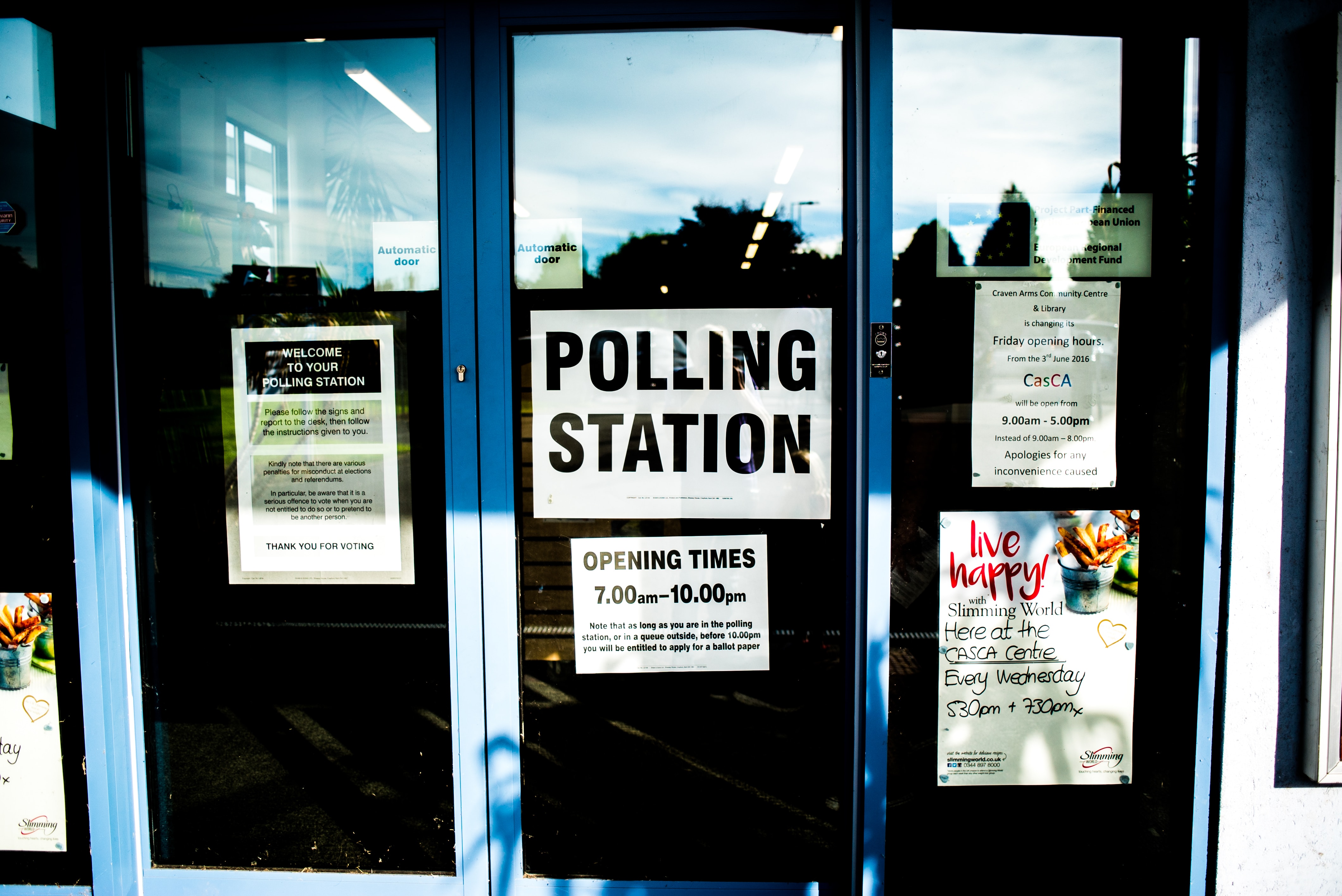
Photo by Elliott Stallion on Unsplash
How come their political involvement is so strong?
- Cubans vote more frequently than any other Latinos.
- 2 Cuban senators in Washington.
- It’s natural to have the political drive for anyone of Cuban heritage. In Cuban households, people talk about politics passionately. Plus, they dream of moving to a democratic state after fleeing the communist island.
Spanish. Second language spoken in the USA.
By 2050, the United States “is expected to have 138 million Spanish speakers, making it the largest Spanish-speaking country in the world” according to TeleLanguage info. At present, 13% of the total population speak Spanish at home, and the USA is the second Spanish speaking country after Mexico.
Roughly . . . 41 million native Spanish speakers, and approximately 11.6 million bilingual Spanish Speakers live in the United States. There are more people speaking Spanish in the U.S. than Spain . . . and Colombia . . . (Spanish Speakers in the United States, Kimberly Scamman, Telelanguage.com)
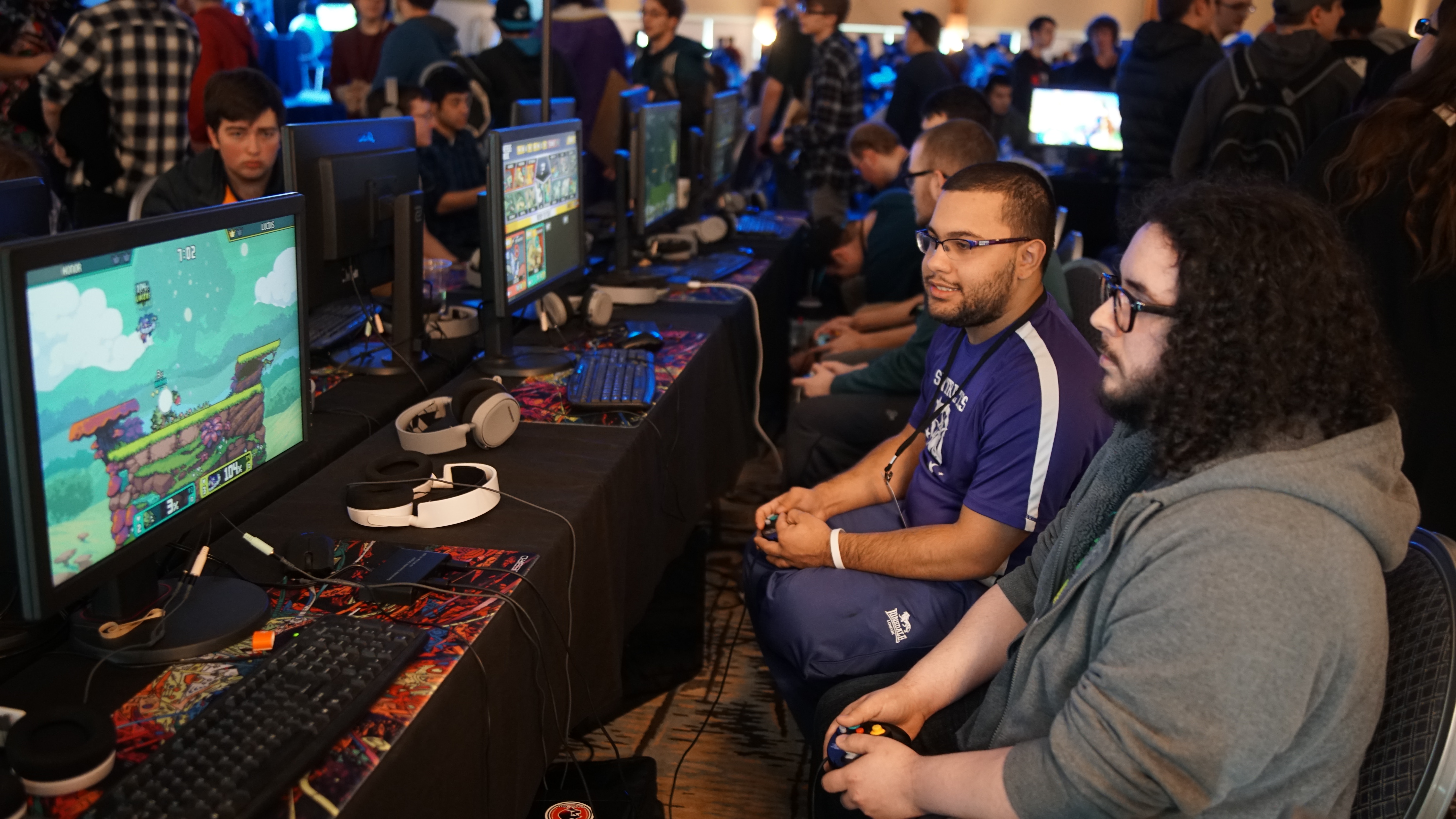
Photo by Stem List on Unsplash
Guess why! :) Hispanics are the largest minority in the United States who brought their language along. And Cubans rate 3.5% of all Hispanics living legally in the USA. So, we would not exclude the language from the Cuban heritage. Especially that it comes with Cuban expressions you can seldom hear in the street.
- ¡ Acere, qué bolá!
- Chévere. (Cuban term for “cool”)
- ¡ Chao pescao!
- Está volao.
- En talla.
- Me piro.
You may also be interested in:
What makes foreigners raise their eyebrows when hearing about Cuba
6 foreign movies about Cuba that will leave you breathless
Ordinary people from Cuba who made it to Talent shows
6 things hard to get in Cuba, we could also live without
10+ Photos of Cuba that show the diverse Cuban spirit
6 things you may not know about Cubans in America or other countries
6 mind-expanding traits of Cuban people, that are less-obvious



